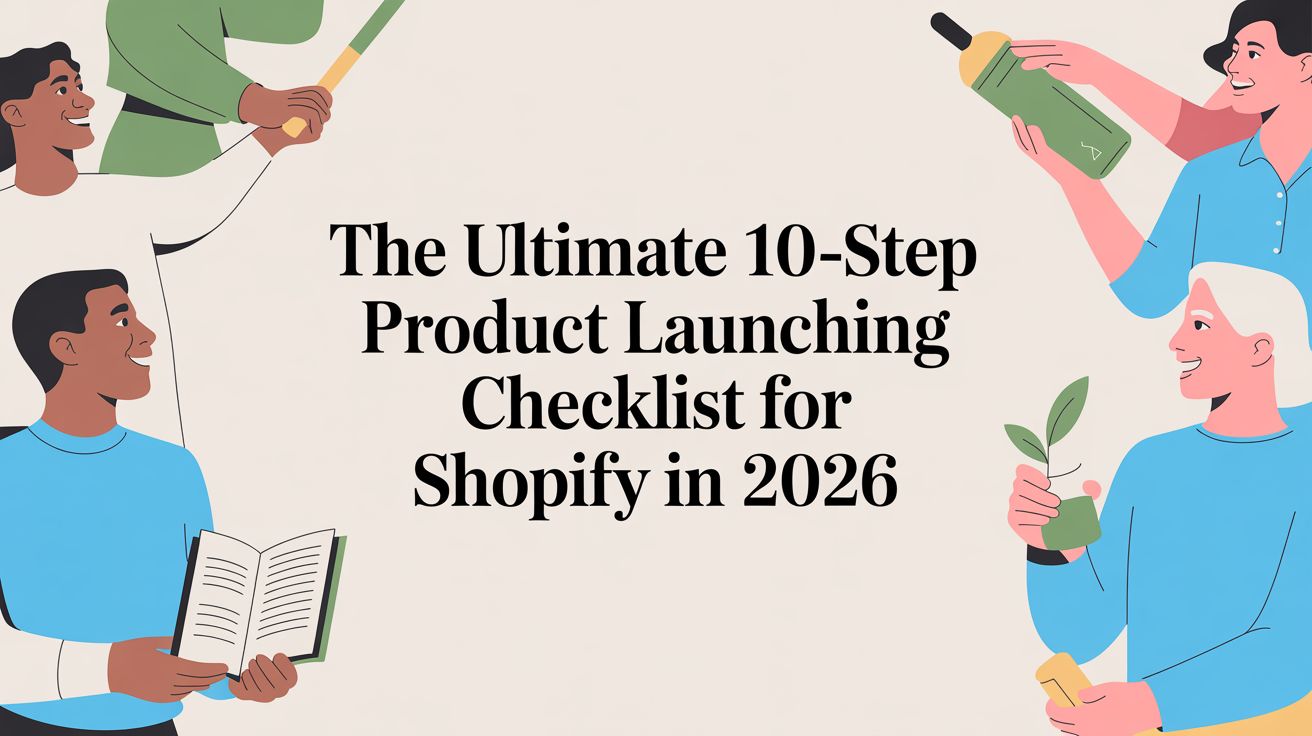
Adding value to your customers’ lives during a pandemic (with podcast)

The coronavirus has affected every person’s life in some way. Whether it’s how we work, shop or conduct ourselves throughout the world, things have not only changed — but have become more difficult. And brands have an opportunity to provide solutions and add value to each consumers’ lives as the pandemic continues.
On Market with Me Quikly — a podcast to inform, educate and assist B2C marketers in doing their job just a little bit better — we spoke to Prince Ghuman. He’s a Professor of Neuromarketing at Hult International Business School in San Francisco and the co-author of “Blindsight: The (Mostly) Hidden Ways Marketing Reshapes Our Brains.”
In our conversation, he offered a lot of valuable insight that can help B2C marketers navigate doing their jobs during this time. Here are a few key takeaways:
Creating something new and safe
One concept Ghuman swears by as a marketer trying to achieve mass adoption of a product or service is a term he calls “new and safe” — also known as NAS. He has written extensively about it on his shared blog, Pop Neuro, with neuromarketer and co-author Matt Johnson.
He said this tactic is based on the idea that people like to experience new things, but they don't want it to be so new, because they also want to feel safe.
“It's the old birds of a feather flock together or opposites attract,” Ghuman said. “Which one is it?”
The answer is both. Birds of a feather flock together because it feels safe. But opposites attract because there’s novelty to that. Ghuman says mass adoption happens when people can experience these two feelings at the same time. He used movies as an example.
“You have some films that flop simply because they were too advanced or too new. The concept was so new, it went beyond the novelty threshold and it went to the unsafe threshold.”
He then pointed to George Lucas, who made a sci-fi film that flopped in the box office before making “Star Wars.” By the time he made his epic space-opera, people were ready for the amount of newness. Another example Ghuman cited was “Fifty Shades of Gray,” the book series exploring BDSM turned movie franchise. He said it felt safe enough to receive mass adoption because of the creation of “Twilight,” which came right before it.
So, if you’re trying to market something new during this time, find a way to also make it feel safe. This could look like playing a recently released song between two already popular ones on a track list.
Tap into empathy
Ghuman also spoke about storytelling. He says it’s effective in marketing strategies because it allows consumers to experience empathy. But its effectiveness relies on telling a narrative around a central figure.
“That's human empathy for you,” he said. “It doesn't scale.”
This tactic can be built around character personas — even if they aren’t based in reality.
He used cereal boxes as an example. He said typically there’s only one fictional character for this reason. And that the most successful marketing strategies for the breakfast food have stories built around them. Even if the character isn’t real, people can still empathize with it.
Find a digital solution
Ghuman was quick to point out that the fitness industry was one of the industries hit hardest by COVID-19. But marketers in that space were able to find a solution: connecting with people over the internet.
“Now, out of necessity, we have our consumer behavior as gym-goers or fitness enthusiasts, whatever you want to call them, being forced to adapt to a virtual place to work out,” he said.
Brands like Planet Fitness and Equinox adapted in ways gyms never have by offering free at-home workouts, since it was deemed unsafe to be close to sweat around other people.
Ghuman said because of the new digital outreach, brands were able to tap into a subset of consumers who could not be reached before, simply because they did not like going to the gym. Offering workout classes online lets someone who might be too intimidated to buy a gym membership engage just as it does the average gym-goer.
And this strategy can be used beyond the fitness industry. Live-streaming, webinars and the use of social media in new, demonstrative ways allows marketers to bring insight and experiences to people they might not have otherwise reached.
Listen to the full podcast episode with Ghuman for more details on how to add value to your customers’ lives.
We’re going to continue these conversations around B2C marketing in the second season of Market with Me Quikly. If you think you can bring some level of expertise or exciting knowledge that we wouldn’t have otherwise, please reach out.
You can email us directly at andrea@quikly.com.

Andrea Gonzales-Paul is a brand journalist at Quikly. Her background is in storytelling, specifically working in TV news and documentary filmmaking.

